“Not your grandfather’s art history” is a digital reader of art history essays authored largely by scholars who identify as BIPOC (Black, Indigenous, and People of Color). This project has been made possible in part by a major grant from the National Endowment for the Humanities (www.neh.gov): Democracy demands wisdom.
Project Director and Publication Editor: Olivia Chiang, Professor, Art History
Manchester Community College/CT State Community College
Not your grandfather’s art history:
Beginner's guide
essays
Any views, findings, conclusions, or recommendations expressed in these essays, do not necessarily represent those of the National Endowment for the Humanities.
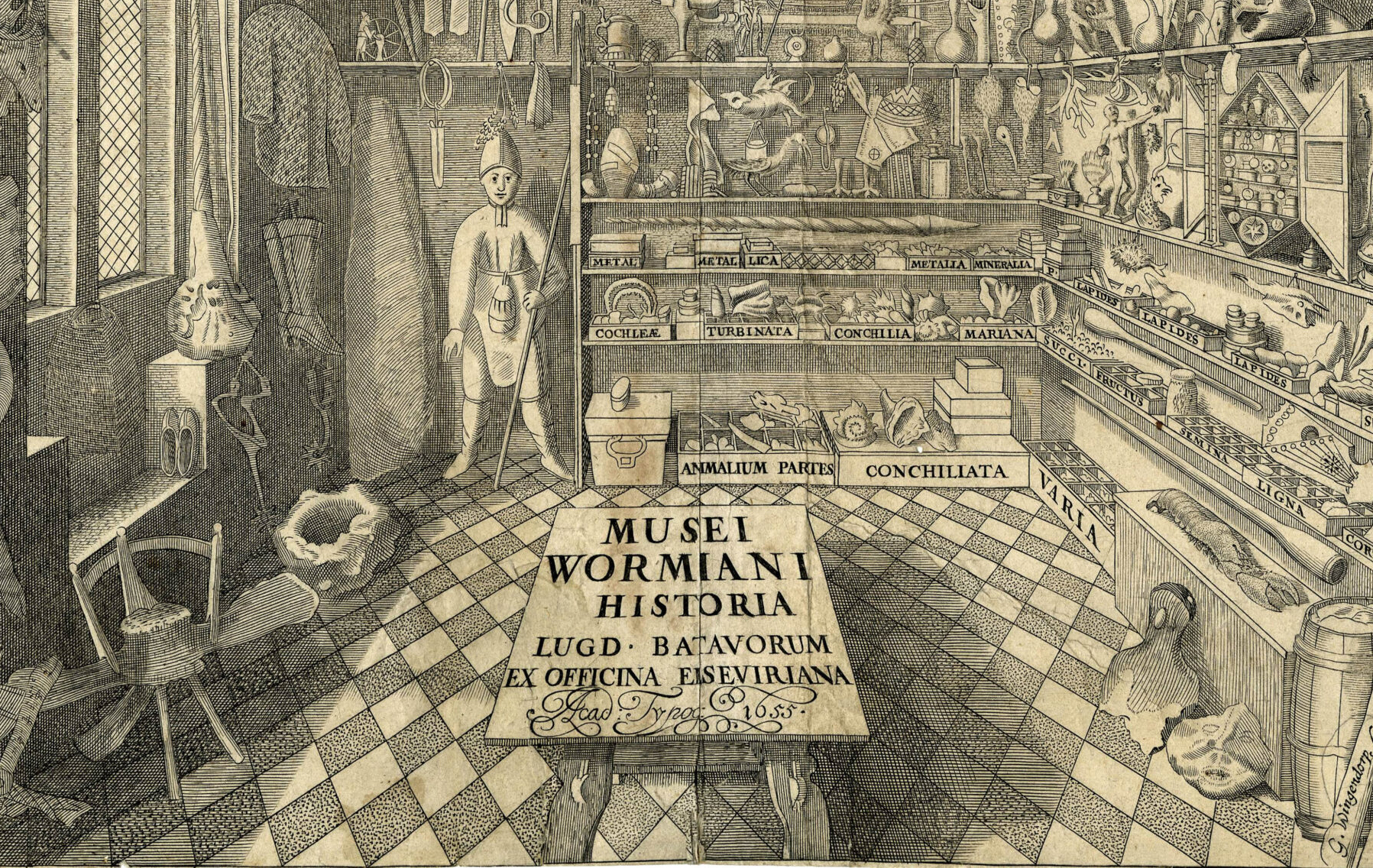
Ole Worm, Museum Wormianum
This catalog describes a very particular kind of room: a 17th-century curiosity cabinet.
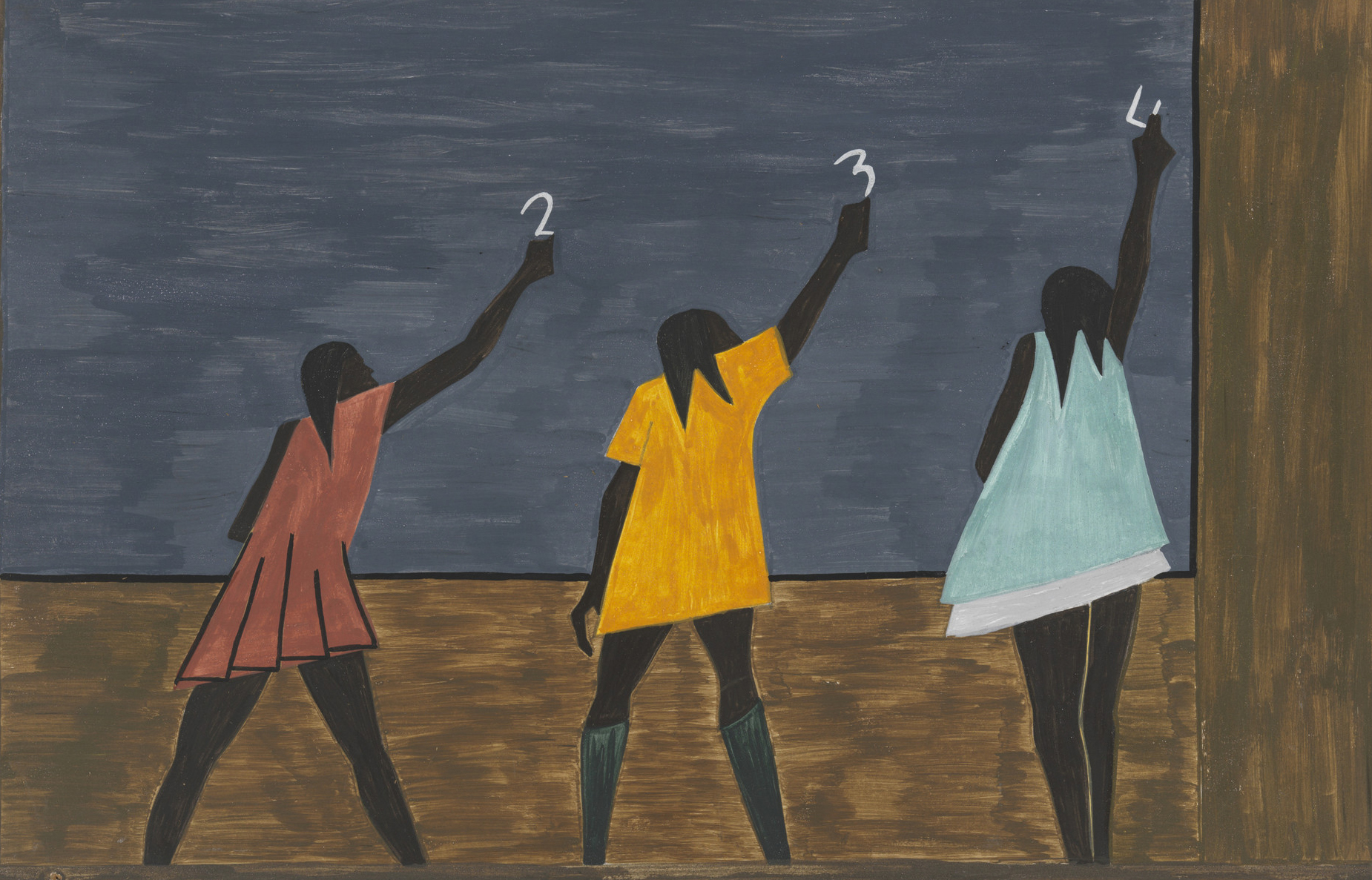
BIPOC Reader: a resource for teachers
This teaching resource explores pedagogical strategies that challenge white supremacy within art history classrooms.
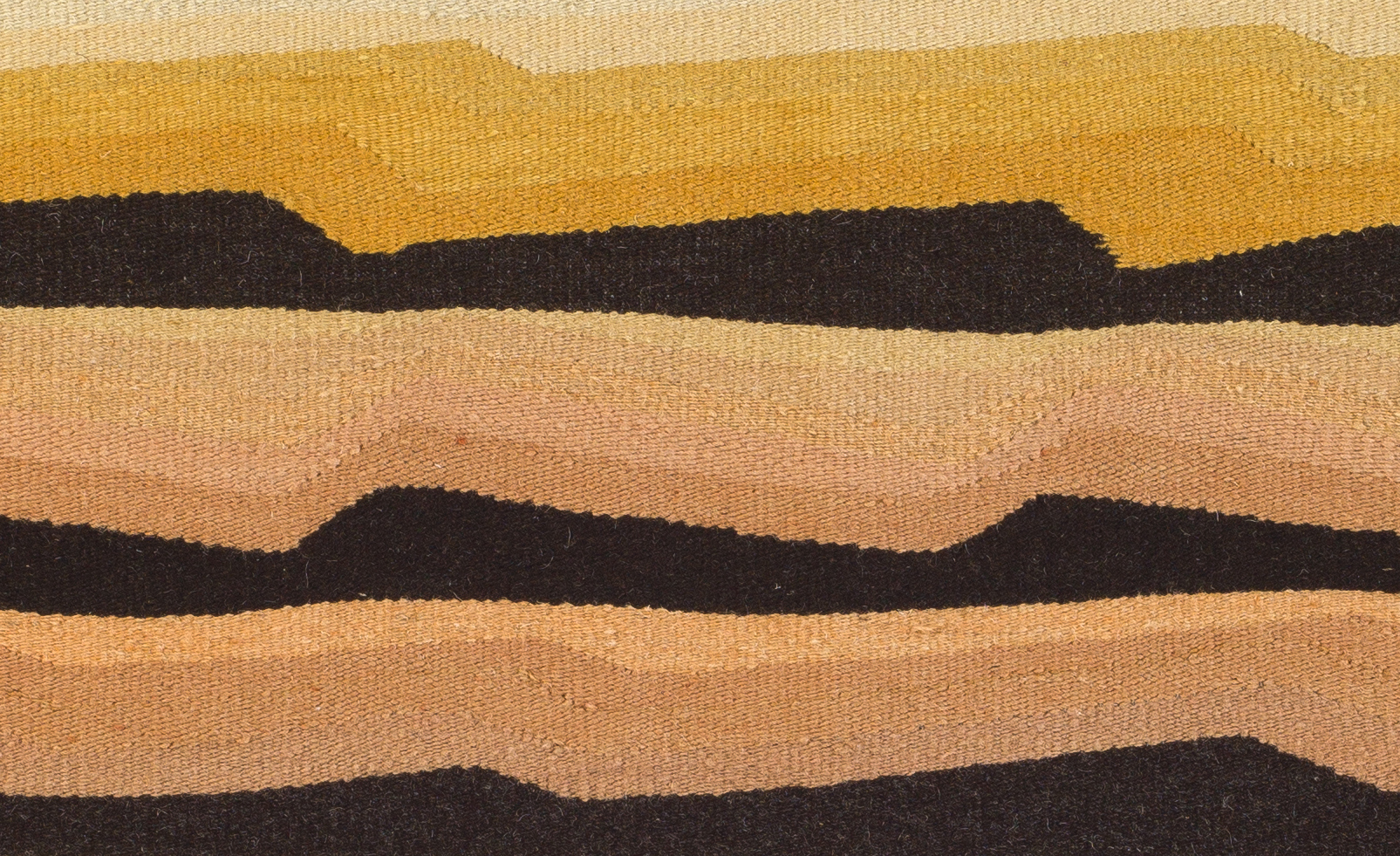
Weaving the landscape: DY Begay’s The Edge
This contemporary tapestry captures the colors and formations of Diné bíkéyah, the land of the Diné people.
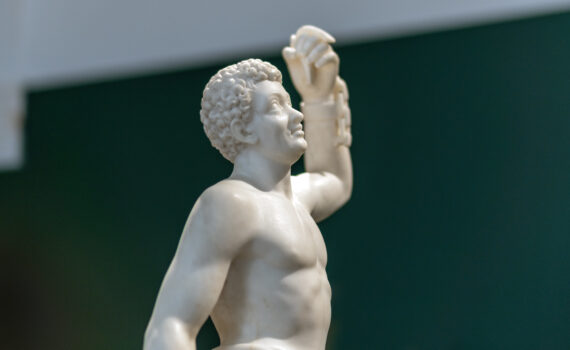
Not your grandfather’s art history: A BIPOC Reader
The BIPOC Reader’s presentation of art history provides a more expansive look at global civilization from BIPOC perspectives.
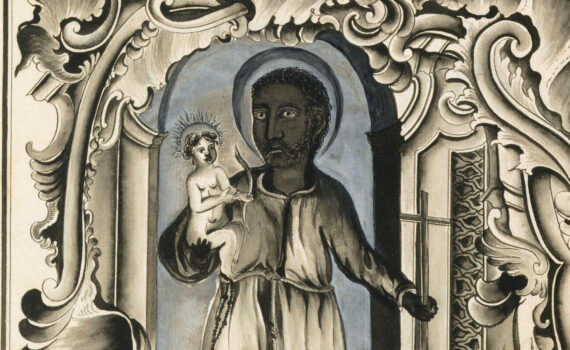
African religious culture in the Atlantic world
African spirituality found new expressions in the Americas through practices like Haitian vaudou and Brazilian Congadas.
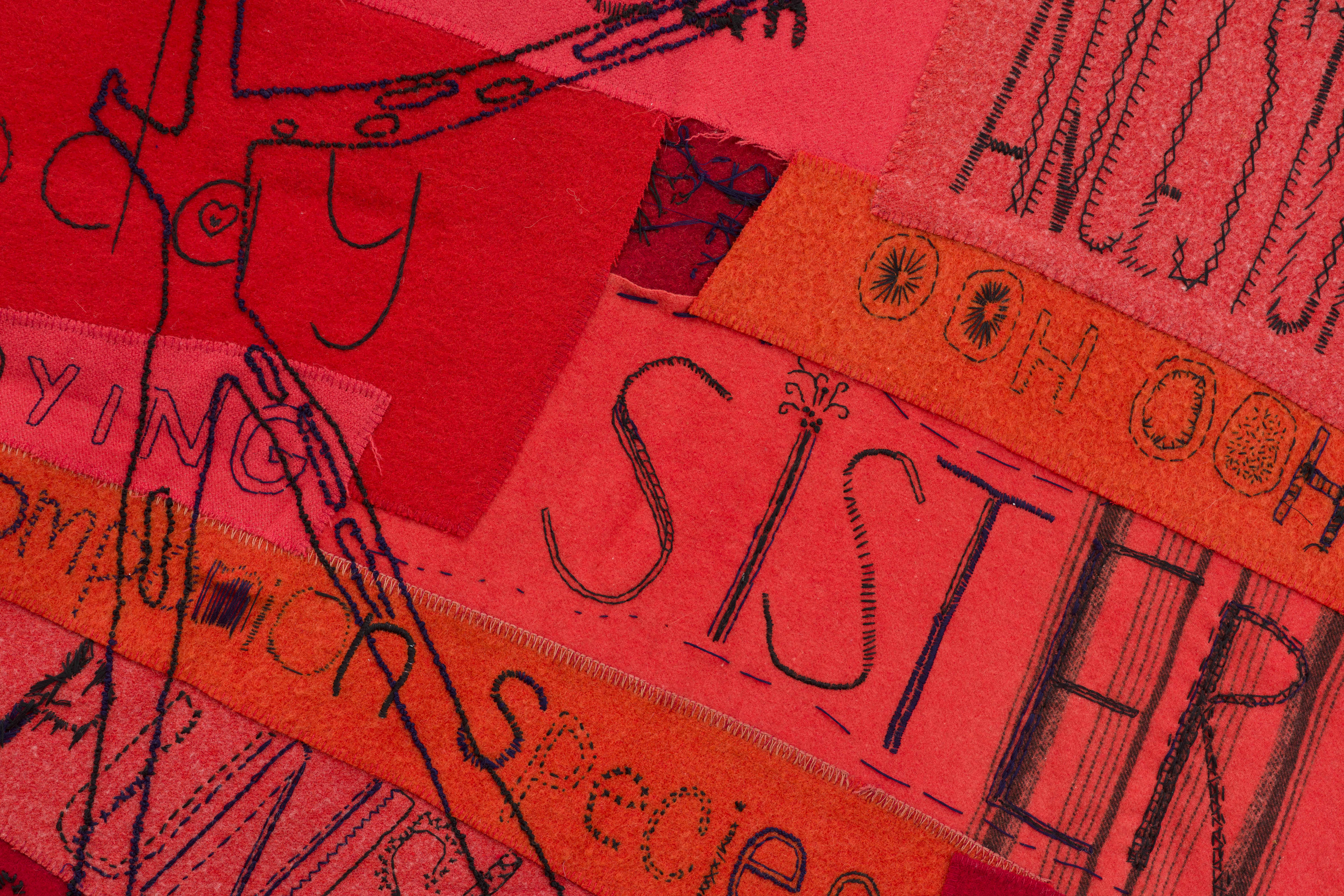
Marie Watt’s Companion Species (Speech Bubble): Blankets, Community, and Intersectionality
Conversations between part and whole, between individual and community, are at the core of Companion Species.

Juan de Pareja, The Calling of Saint Matthew
An extraordinary statement of freedom, Pareja includes his self-portrait in this famous biblical narrative.
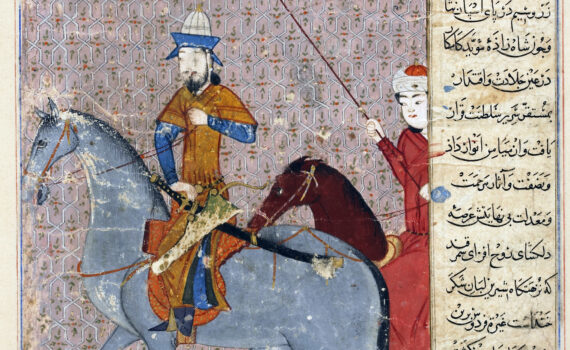
Timur’s entry into Samarkand, page from the Zafarnama
Timur's equestrian image would have been the most recognizable embodiment of his royal legacy in the Zafarnama.
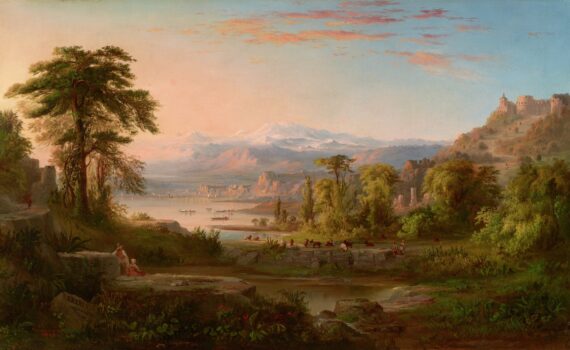
A dream of Italy: Black artists and travel in the nineteenth century
Created as the Civil War was coming to an end but at a time when all Americans were not yet equal citizens, this painting invokes an idealized landscape, with references to both past and present.
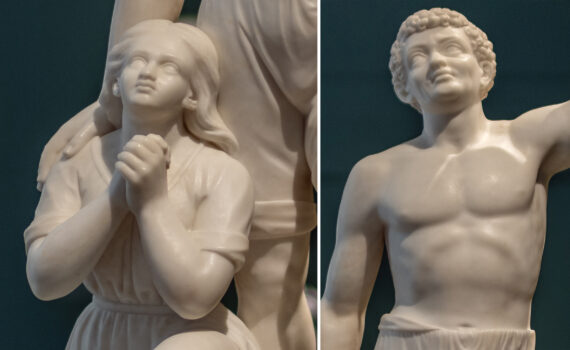
Edmonia Lewis, Forever Free
Sculpted in 1867 by Mary Edmonia Lewis, Forever Free (Morning of Liberty) is positioned between and among three events that forever changed the trajectory of African Americans and the United States.

Pylon of the Nubian Lion Temple at Naga
The pylon of the Lion Temple in Naga projects an image of husband and wife reigning as equals, a common feature of Nubian governance.
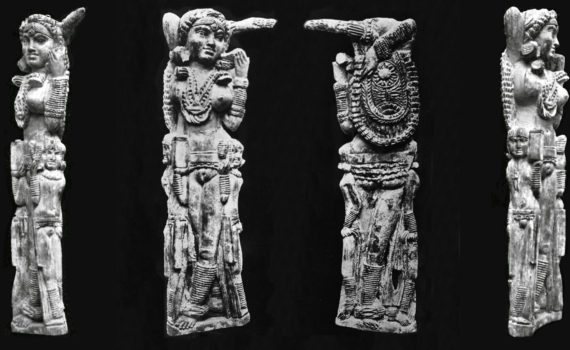
An Indian ivory statuette in Pompeii
In 1938, an excavation at the ancient Roman city of Pompeii revealed a small carved ivory of Indian origin.

